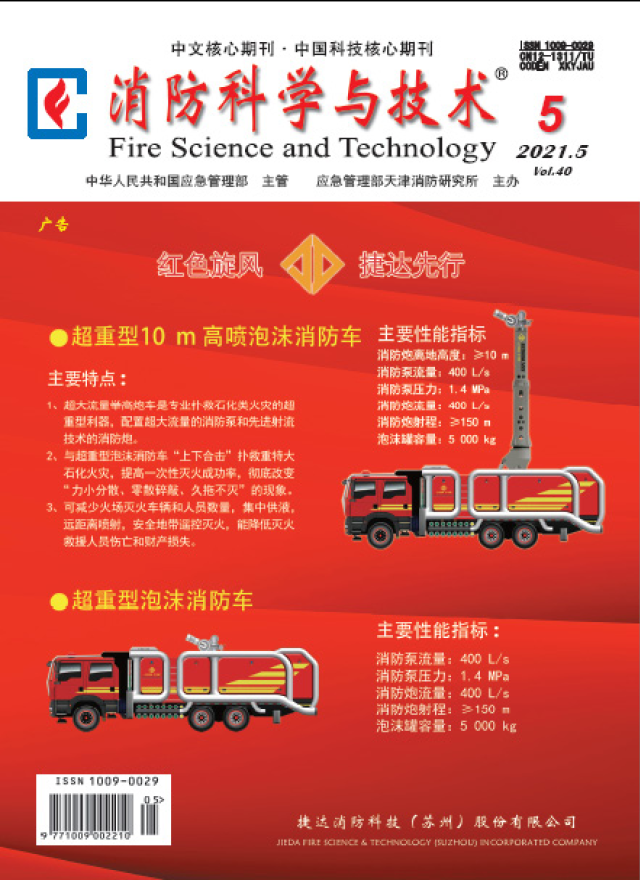|
|
Optimization and study of three-phase foam foaming agent for polymer gel
ZUO Xi-xi, WANG Bin, ZHU Xi-ying, LI Ya-dong, ZUO Sheng, MA Xiang-mei,
2021, 40 (5):
741-743.
In order to improve the performance of fire- fighting three-phase foam, five agents, including polymer gelling agent, surfactant, and foam stabilizer, are mainly used to optimize the compounding of three-phase foam foaming agent by orthogonal experiment. The self-designed air compressor and foaming gun were used to determine the foaming multiple and stabilization time of the compound system. Orthogonal experiment design includes 5 factors and 4 levels. The results show that through comprehensive analysis of the foaming multiple and stabilization time of the compound system, when the mass ratio of AES, 6501, K12, PAM, FM- 550 is 6 ∶ 6 ∶ 9 ∶ 0.3 ∶ 2, the foam performance is the best, and the polymer gelling agent, surfactant and foam stabilizer have good synergistic effect. The three- phase foam performance of the polymer gel foaming agent is compared with the three- phase foam foaming agent for mines purchased on the market. The polymer gel foaming agent is compared with the three- phase mine foaming agent purchased on the market, and the results show that: the foaming ratio of the three- phase foam formed by the foam blowing agent has increased by 52% , and the stabilization time has increased by 117%.
Related Articles |
Metrics
|



